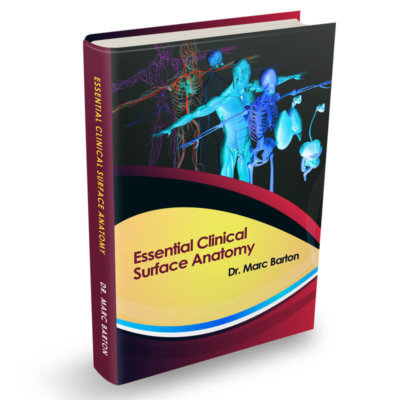A 14-year-old boy presents with a 3-day history of pain in his anterior right thigh and anterior pelvic region that is worse on walking. The pain started in a football match. The pain started after a sudden change of direction whilst sprinting for the ball in the game. During the incident, he heard a loud ‘snapping’ noise, and he could not walk thereafter. On examination, he has tenderness over the anterior superior iliac spine on palpation, and hip movements are limited by pain. An X-ray of his hip is performed, but you are unable to see any obvious abnormality.
Show Answer
This patient has suffered an avulsion fracture of his anterior superior iliac spine (ASIS). These injuries are most commonly seen in adolescents undergoing vigorous activity and usually occur as a result of sudden, vigorous, or repetitive contraction of the sartorius muscle and tensor fasciae latae. Footballers, sprinters, and gymnasts are most often affected due to the range of movements they perform and the sudden change of direction required.
The clinical features of ASIS avulsion fractures include:
- A ‘pop’ or ‘snap’ heard at the time of injury
- Pain and weakness in the anterior thigh
- Tenderness over the ASIS
- Weakness of hip flexion and knee extension
- Limping or difficulty weight bearing can occur with severe injuries
2. Which muscle is most likely to be affected by this injury?
Show Answer
This injury often involves the sartorius muscle.
The ASIS provides attachment for the sartorius muscle and the inguinal ligament. The tensor fasciae latae muscle attaches 3-5 cm away at the iliac tubercle.
Show Answer
Displaced fractures can usually be seen on pelvic X-rays but may be missed due to the location and small size of the bone fragment. The diagnosis can be confirmed with a CT or MRI scan.
Show Answer
Most cases can be managed non-operatively with rest, protected weight bearing with crutches, physiotherapy, and stretching. Open reduction and internal fixation are indicated for fractures with displacement greater than 3 cm.
Header image used on licence from Shutterstock





